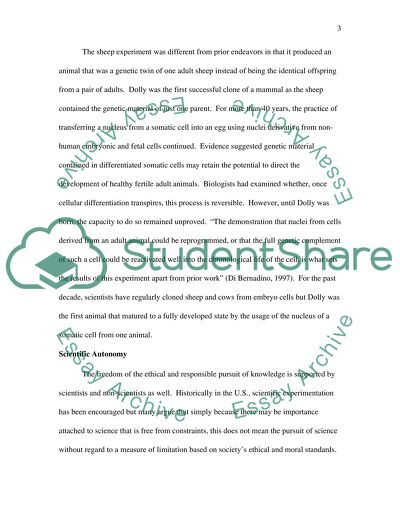Cite this document
(Cloning: Moral or Amoral Term Paper Example | Topics and Well Written Essays - 2000 words, n.d.)
Cloning: Moral or Amoral Term Paper Example | Topics and Well Written Essays - 2000 words. Retrieved from https://studentshare.org/social-science/1556063-argumentitive-paper
Cloning: Moral or Amoral Term Paper Example | Topics and Well Written Essays - 2000 words. Retrieved from https://studentshare.org/social-science/1556063-argumentitive-paper
(Cloning: Moral or Amoral Term Paper Example | Topics and Well Written Essays - 2000 Words)
Cloning: Moral or Amoral Term Paper Example | Topics and Well Written Essays - 2000 Words. https://studentshare.org/social-science/1556063-argumentitive-paper.
Cloning: Moral or Amoral Term Paper Example | Topics and Well Written Essays - 2000 Words. https://studentshare.org/social-science/1556063-argumentitive-paper.
“Cloning: Moral or Amoral Term Paper Example | Topics and Well Written Essays - 2000 Words”. https://studentshare.org/social-science/1556063-argumentitive-paper.


